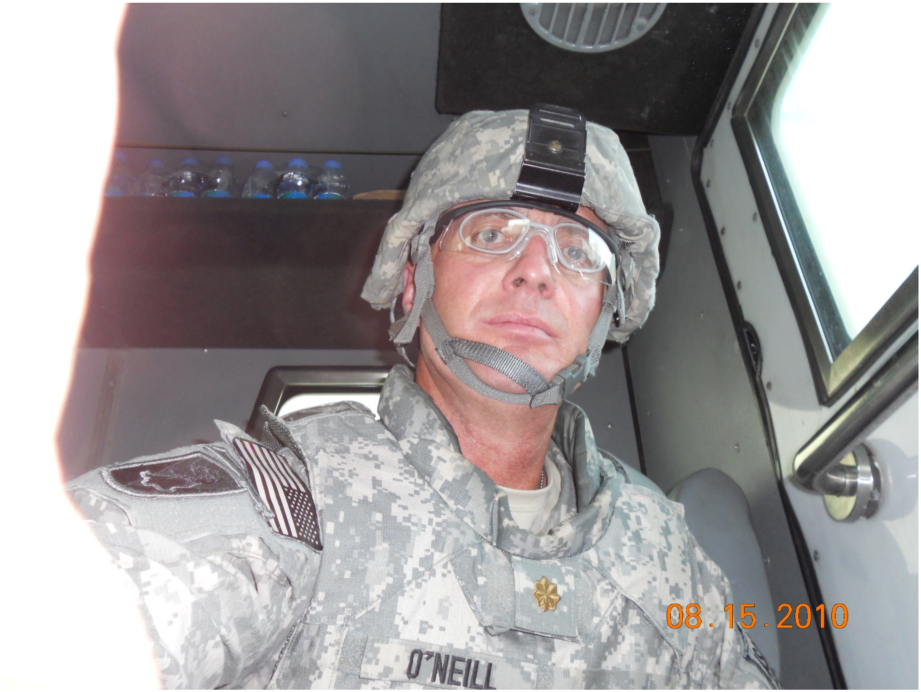
Dental Camp: Kids Explore Careers in Oral Health
Students visited from schools throughout San Francisco, San Jose, Stockton, Santa Rosa, and Sacramento and many other areas in the region. All were excited to come to the dental school to learn more about careers in oral health.




